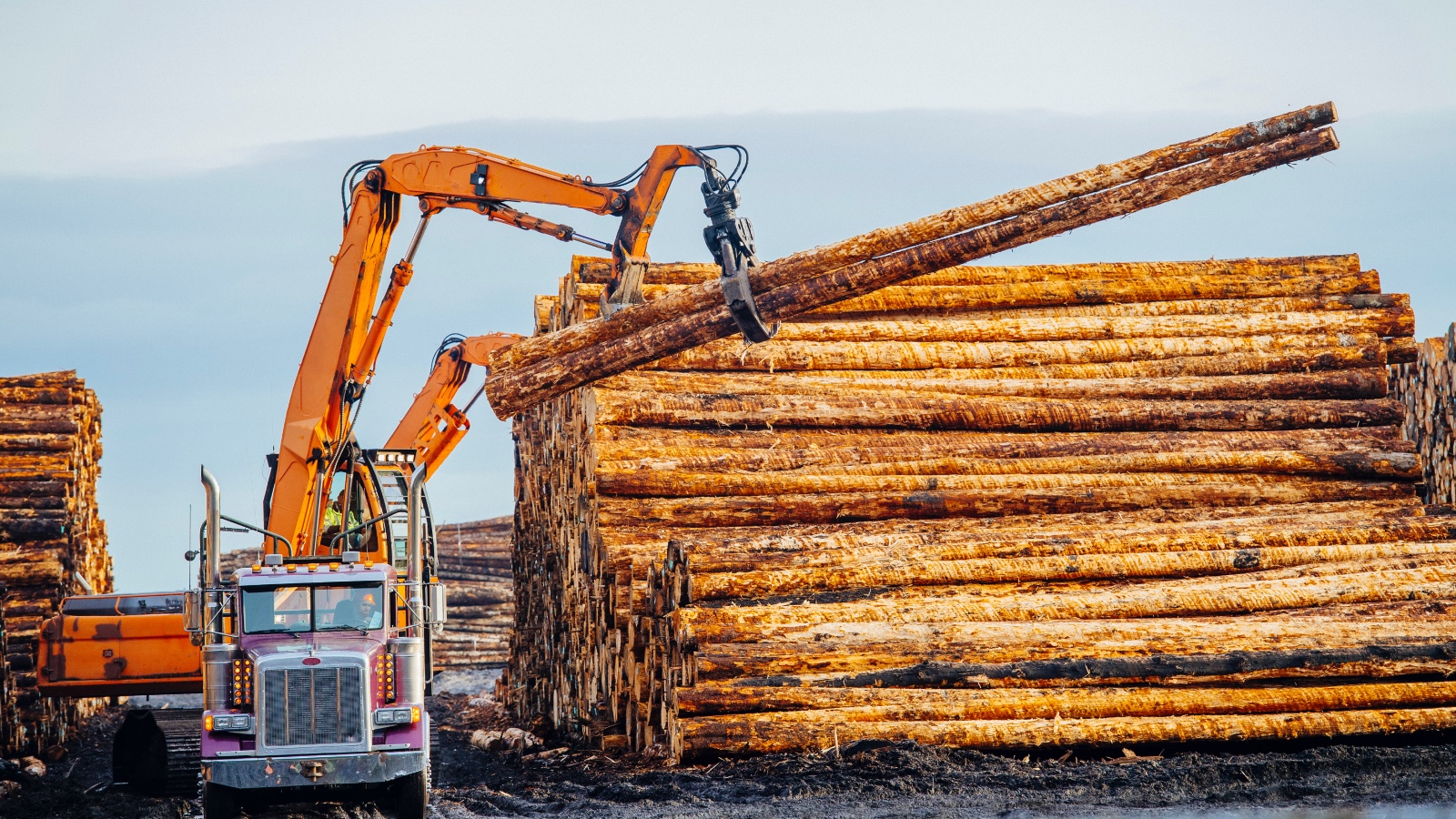Whether used to heat your house or build it, wood is often touted as carbon-neutral, especially by biofuel and lumber companies and even some environmentalists. The logic seems simple enough: Sure, logging unleashes planet-warming carbon into the air, but that can be replaced with new trees that suck carbon back out of the air.
But this doesn’t reflect how the emissions from harvesting wood actually work, according to a paper published this week in Nature. Even when the carbon captured by new trees is taken into account, wood consumption accounts for about one-tenth of the world’s annual greenhouse gas emissions, the study’s authors found — less than electricity and heat generation, but more than passenger cars.
“The bottom line is you got a lot of emissions coming from wood harvest, and we don’t pay attention to that,” said Tim Searchinger, senior fellow and technical director for agriculture, forestry, and ecosystems at the World Resources Institute and a co-author of the paper.
The emissions associated with timber harvests mainly come from burning logs and pellets for fuel and from rotting branches, leaves, and roots left in the forest or tossed in landfills, where they decompose and release carbon into the air.
Searchinger and his colleagues found that global demand for wood will grow by 54 percent between 2010 and 2050, largely driven by fuel and timber products like woodchips, as well as paper and cardboard. Logging to meet that demand will cover an area roughly equivalent to clear-cutting the entire continental U.S. The resulting climate pollution is likely to measure 3.5 to 4.2 billion tons of carbon dioxide each year — about three times the emissions from aviation and roughly equal to the deforestation caused by agriculture.
“That struck me as high,” said Richard Houghton, a former senior scientist at the Woodwell Climate Research Center in Falmouth, Massachusetts who was not involved in the Nature study. “It surprises me that harvesting [wood] and lost carbon from wood products could be 10 percent” of total global carbon pollution.
Searchinger argues that researchers and policymakers haven’t accurately estimated the climate cost of wood use in part because they’ve counted carbon-capturing forest growth as an “offset” — as if new trees compensated for the missing ones — even when that growth would happen naturally. When trees are in the ground, especially when they’re young and growing fast, they absorb carbon. Many of the forests in the Northern Hemisphere were cleared in past centuries and are now regrowing and accumulating carbon on their own, whether or not they’ve been logged recently.
Even for older forests that aren’t regrowing as quickly, “you’d be better off” leaving them unharvested, said Houghton, noting that we’ve got a “long way to go” before our use of wood is efficient enough — say, by not burning so much of it — that the emissions from logging could be fully offset by forest regrowth.
Still, Searchinger said there’s a silver lining to the study. His team’s findings don’t mean that more carbon dioxide is getting into the atmosphere than scientists had thought, just that some of those emissions are coming from an activity that hadn’t been accounted for. And it can be fixed: This big chunk of pollution is human-caused and can be human-reversed. In other words, governments can take steps to reduce the emissions by limiting logging and encouraging more efficient uses of wood, like burning less of it, Searchinger said. The alternative means an even hotter, smokier planet. “If we don’t do anything,” he said, “these emissions are going to grow.”




